The good, the bad and the ugly. The weird and the wacky. As is the That’s tradition, we’ve compiled our 2019 China Year in Review series. So sit back, relax and relive the highs and lows of the last 12 months.
The Moment, Yongqing Bao
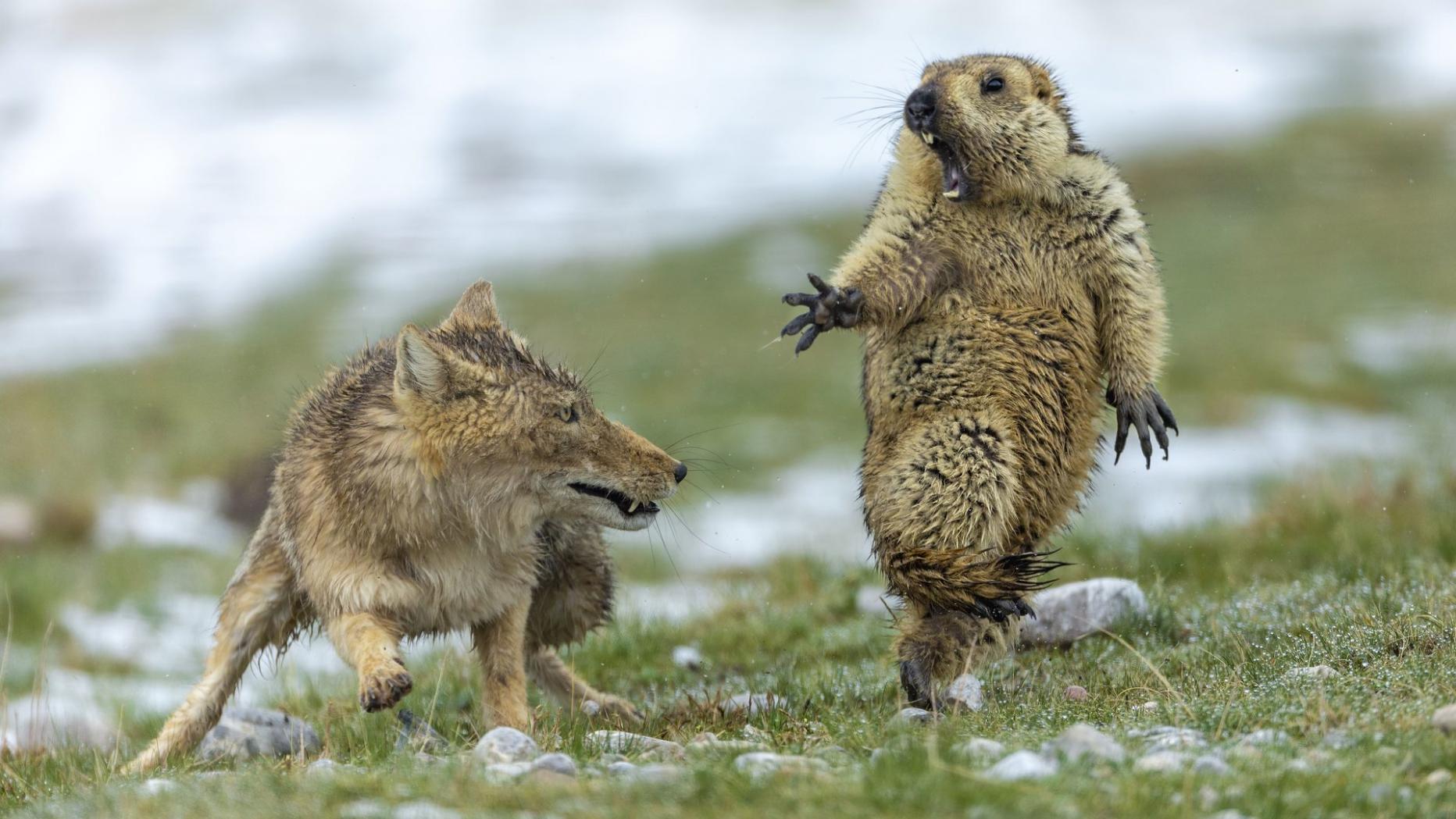
Grand Title Winner
Wildlife Photographer of the Year 2019
This Himalayan marmot was not long out of hibernation when it was surprised by a mother Tibetan fox with three hungry cubs to feed. With lightning-fast reactions, Yongqing captured the attack – the power of the predator baring her teeth, the terror of her prey, the intensity of life and death written on their faces.
As one of the highest-altitude-dwelling mammals, the Himalayan marmot relies on its thick fur for survival through the extreme cold. In the heart of winter it spends more than six months in an exceptionally deep burrow with the rest of its colony. Marmots usually do not resurface until spring, an opportunity not to be missed by hungry predators.
Snow-Plateau Nomads, Shangzhen Fan

Winner 2019
Category: Animals in their Environment
A small herd of male chirus makes its way to the relative warmth of the Kumukuli Desert. These nimble antelopes are high-altitude specialists found only on the Qinghai-Tibet Plateau. For years, Shangzhen made the long, arduous journey to observe them there. Here he drew the contrasting elements of snow and sand together.
Underneath their long hair, chirus have a light, warm underfur called shahtoosh. It grows tightly against their skin and can only be harvested by killing and skinning the chirus. Protection since the 1990s has seen their once-decimated numbers increase, but there is still demand – primarily from Westerners – for shahtoosh shawls.
Wild Asses in a Wild Land, Shangzhen Fan

Highly Commended 2019
Category: Animals in their Environment
Heavy snow blankets the desert. As patches begin to melt, a small group of kiangs stride out in search of grass. To get to kiang territory, Shangzhen climbed to an altitude of 4,300 metres carrying his heavy gear. "Every move was a big challenge," he says.
Kiangs are large wild asses mainly found on or around the Qinghai–Tibet Plateau. Although their population is stable, it is widely fragmented across the territory and increasingly threatened. As rangelands are turned into private ranches and fenced off from wildlife, kiangs lose access to key food sources.
Blackwater Light Rails, Songda Cai

Highly commended 2019
Category: Under Water
On a night dive over deep water, Songda captured the luminous fin rays – or filaments – of a juvenile African pompano. Curious, he followed the fish as it glided through the water. Photographing its side profile, Songda used a slow shutter speed to capture the motion and beauty of its colourful and extravagant trailing filaments.
The filaments help the young fish drift in open water, where it feeds on slow-moving crustaceans, small crabs and fish. Its extra-long fins can also help deter predators by imitating the deadly tentacles of jellyfish. As the fish matures, its body will become more elongated and the length of its fin rays will become shorter.
Hair-Net Cocoon, Minghui Yuan

Highly commended 2019
Category: Behaviour: Invertebrates
With his face pressed against a wall, Minghui framed this Cyana moth pupa hanging in its remarkable cage-like cocoon. Such delicate structures can be hard to spot but this one stood out against its backdrop in the Xishuangbanna Tropical Botanical Garden.
Although it is not known exactly how the caterpillar architect of this cocoon would have worked, it is known that it wove this intricate mesh from spat-out silk and from the long, hair-like setae that covered its body. It then spun near-invisible threads to suspend itself inside the cocoon, ready to start its transformation into a moth.
For more 2019 Year in Review coverage, click here.
[All images courtesy of Wildlife Photographer of the Year]
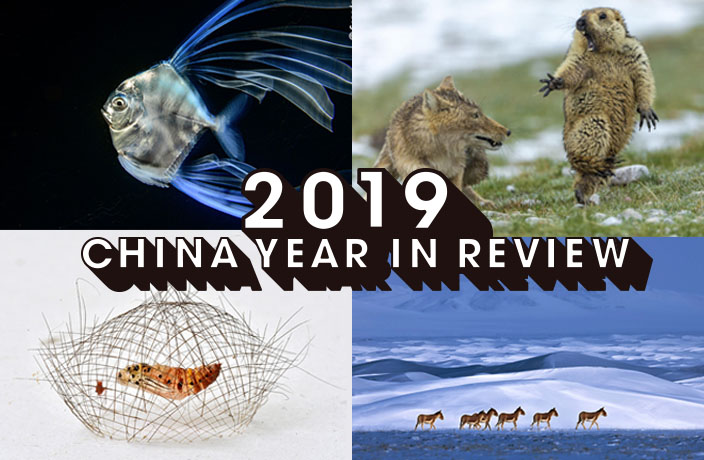




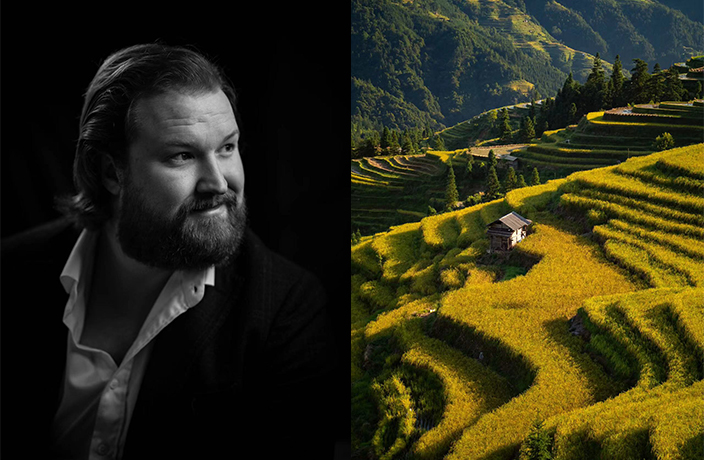
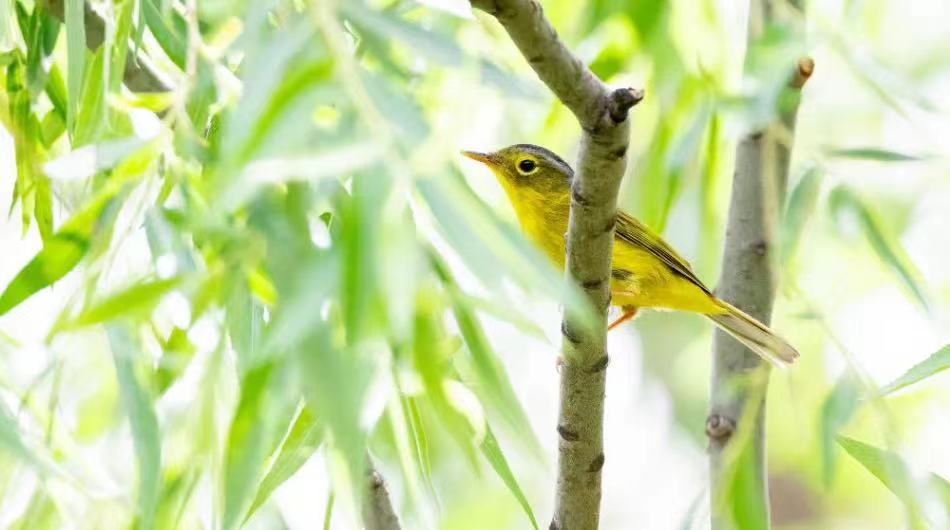
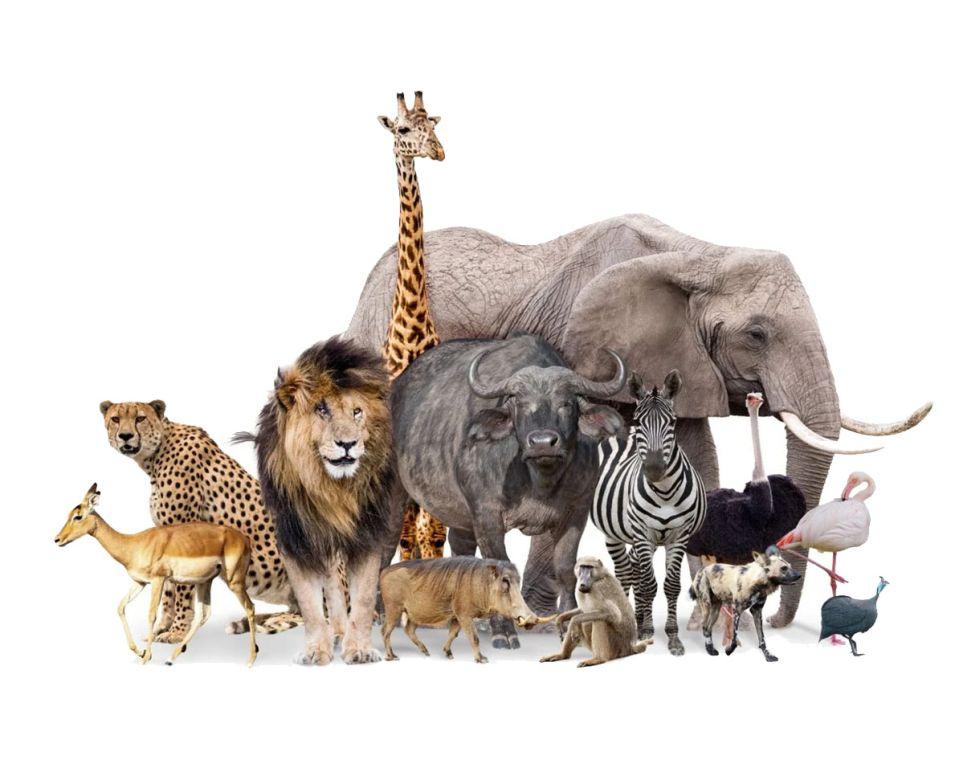














0 User Comments